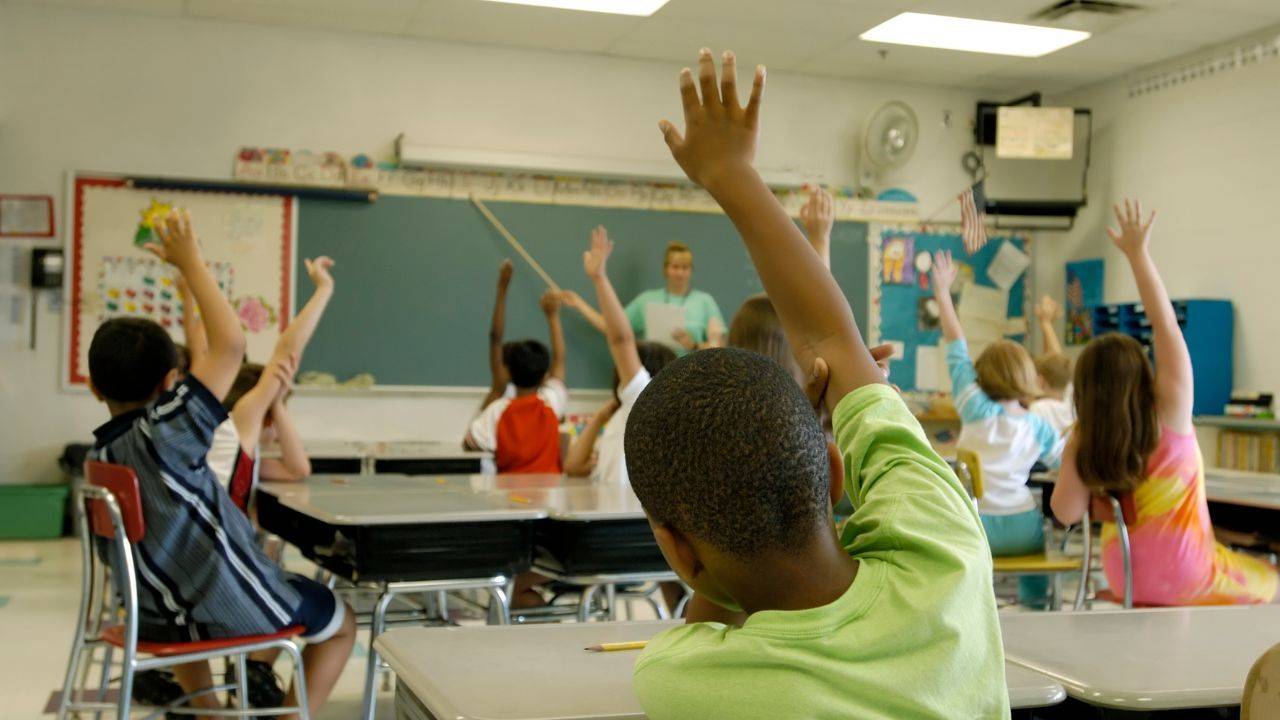From one teacher to another: Four Strategies to Support a Trauma Informed Classroom
Oct 20, 2025
I often joke that just as important as any course that I took on Education, was my repeated watching of movies like Freedom Writers. I did not get into education out of a love for a specific subject area, but instead, out of a deep passion for helping kids. I was convinced that with a lot of energy and a positive attitude I could get through to any student. And oh boy – was I wrong!
I truly do have a heart for kids, especially those who feel like they don’t fit, or that school is not for them. For this reason, I began my teaching career in Alternative Education. I taught 9th and 11th grade English to students who, for the most part, had been asked to leave their home school district because of behavioral difficulties. I will never forget the energy and excitement that I carried into my first ever class period, and how quickly it was deflated when halfway through the class one of my students cursed me out, crawled out the window, and left for the day.
In the following weeks and months, I found myself succeeding at the “teaching” part of being a teacher. My supervisor complimented my lesson plans, my classroom structures, my balance of office referrals. On paper, I was doing everything right, but there was one major problem: my passion for the work was already dwindling. I found myself more often annoyed at my students instead of advocating for them. I would complain about them with my peers; it was always the same basic thing, “they aren’t willing to try” or “they just don’t care, so why should I?” When you, as the adult, are convinced that a child has given up on themselves, it is hard to not give up on them too.
For whatever reason, despite my dwindling passion and bad attitude, I never felt settled with the idea that my students just didn’t care. I had a deep-seeded feeling that something else was going on. Then one day, I found myself in a PD session on trauma and the brain. That PD led me on a journey of learning that would change everything.
Over the next several months and years, I studied as much as I could about trauma, stress, and the brain, and used my classroom as a testing ground for everything I was learning. There were days of amazing breakthroughs, and days where great ideas blew up in my face. But overall, I kept growing! The most important thing I learned along the way was that the unsettling feeling I had – that there had to be more going on – was right. As I understood my students’ brains more, I knew that their behaviors of concern were not symptoms of giving up, but instead, signs that they needed different support.
While there are countless lessons that I learned along the way, these four strategies sum of the core of my new approach to supporting students. You may not agree with all my ideas, and that’s ok, but I challenge you to give at least one of them a try, it might make all the difference!
Want to read more? Click here for your FREE eBook download.
